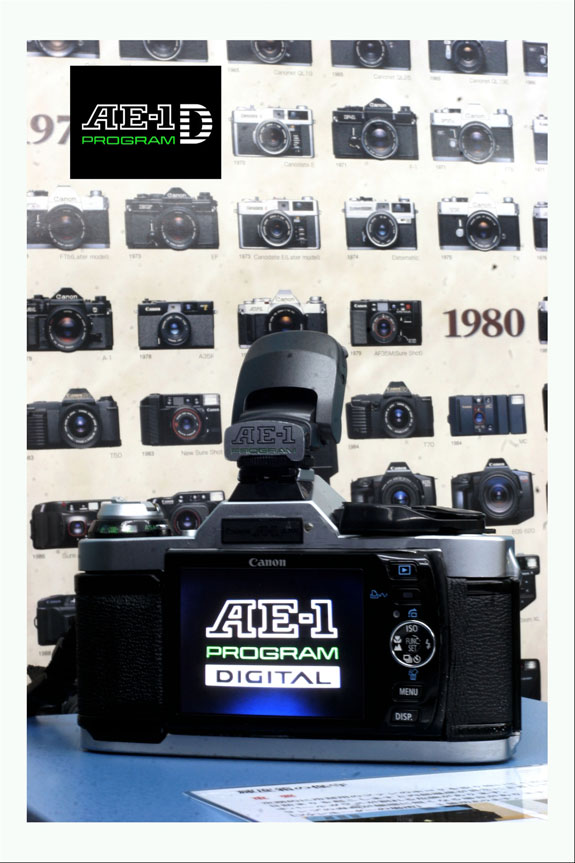Fun Stuff
Some folks have a lot of time on their hands.
See more images here: http://forums.dpreview.com/
See video here: http://www.youtube.com/
thanks thepieces & kiel
cr
Some of our articles may include affiliate links. If you purchase through these links, we may earn an affiliate commission at no extra cost to you.


37 Comments
Were you thinking about the Nikon Coolpix (as in the Coolpix 900 series), or the Sony Cybershot F series (505, 707, etc.)? Both had a rotating body/lens connection. Both were fun, I still use a Nikon 995 on occasion.
A lot of people have been wanting a digital back for their film cameras for a long time (did you see the link above from heh?), and there have been attempts, such as the digital module/back for the Leica R8/9 (very pricey!!). But the camera companies don’t want to sell a back that you can use on an old camera (although the technology has evolved to the point where it would be relatively easy and not too expensive), they want to sell you NEW cameras, which they will then make obsolete in six months so they can sell you another NEW camera, and so on. I’ve also thought for years that the first company with the balls to pull it off for a reasonable price would have a huge market to themselves, at least until everybody else copied them because of the ‘new fad’. Oh, well. I have lots of digital stuff, but I haven’t got rid of (and still love to use) my film stuff. Because 50-100 years from now I (or someone else) will still be able to pick up a neg or slide and look at a picture. How many people will continually transfer all of their photos to each new storage medium that comes out. Can you imagine trying to read a CD/DVD (how quaint!) even ten or fifteen from now? Yeah, right…